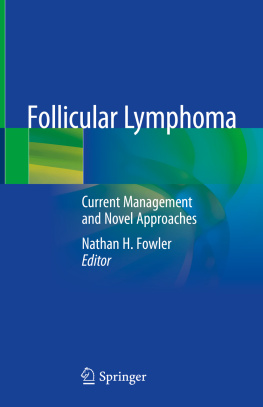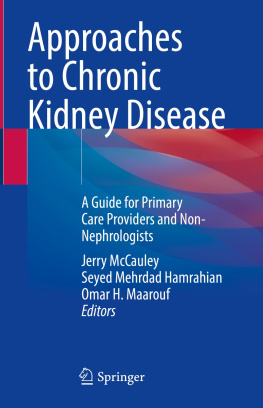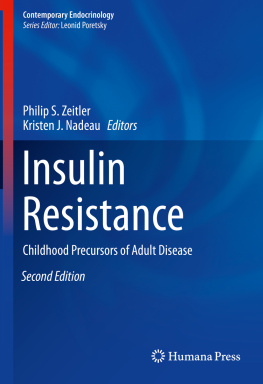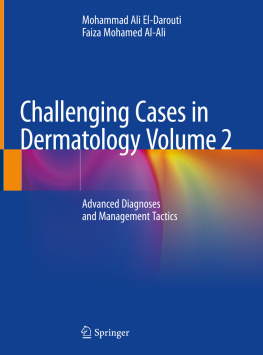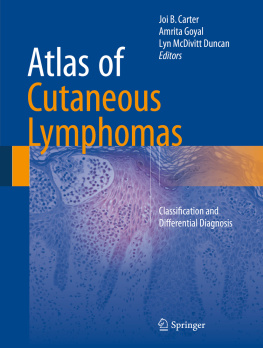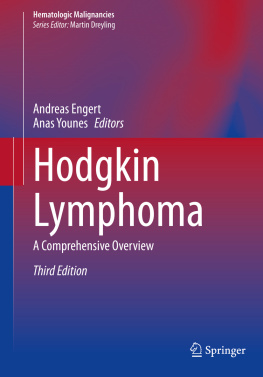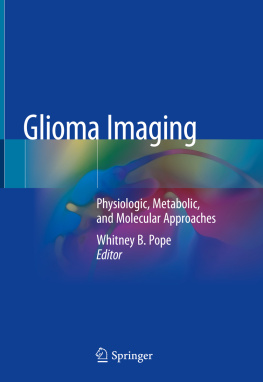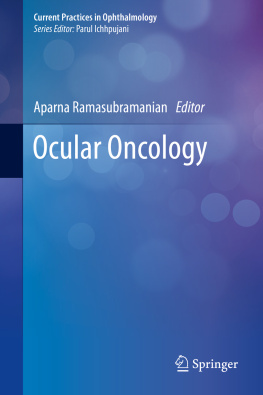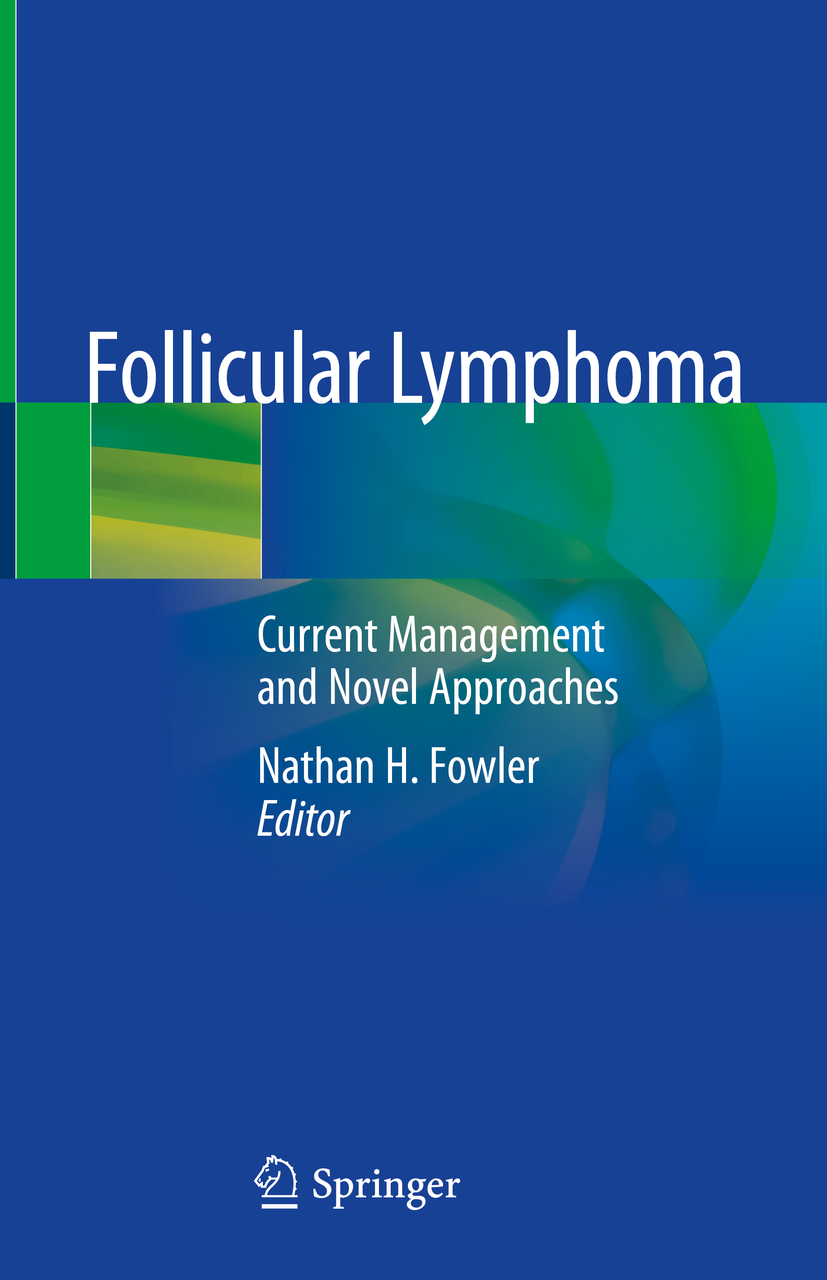Editor
Nathan H. Fowler
Department of Lymphoma/Myeloma, The University of Texas MD Anderson Cancer Center, Houston, TX, USA
ISBN 978-3-030-26210-5 e-ISBN 978-3-030-26211-2
https://doi.org/10.1007/978-3-030-26211-2
Springer Nature Switzerland AG 2020
This work is subject to copyright. All rights are reserved by the Publisher, whether the whole or part of the material is concerned, specifically the rights of translation, reprinting, reuse of illustrations, recitation, broadcasting, reproduction on microfilms or in any other physical way, and transmission or information storage and retrieval, electronic adaptation, computer software, or by similar or dissimilar methodology now known or hereafter developed.
The use of general descriptive names, registered names, trademarks, service marks, etc. in this publication does not imply, even in the absence of a specific statement, that such names are exempt from the relevant protective laws and regulations and therefore free for general use.
The publisher, the authors, and the editors are safe to assume that the advice and information in this book are believed to be true and accurate at the date of publication. Neither the publisher nor the authors or the editors give a warranty, expressed or implied, with respect to the material contained herein or for any errors or omissions that may have been made. The publisher remains neutral with regard to jurisdictional claims in published maps and institutional affiliations.
This Springer imprint is published by the registered company Springer Nature Switzerland AG
The registered company address is: Gewerbestrasse 11, 6330 Cham, Switzerland
Preface
Few things strike fear into the clinician and patient as the word cancer. Despite decades of research and countless dollars, the majority of cancers remain incurable, and therapy carries a high cost, both financially and on patients short- and long-term quality of life. With the exception of very early-stage malignancies, most cancers carry a high risk of relapse following frontline treatment. Side effects occur often, can be severe, and are unpredictable. Fortunately, due to technical advances, emerging science, and a fundamental shift in new drug development, we are witnessing dramatic improvements in life expectancy and treatment tolerability across a spectrum of malignancies.
For years, follicular lymphoma has remained a disease with more questions than answers. The natural history can be highly variable, and clinical information at diagnosis only occasionally predicts a patients long-term outcome. Some patients achieve spontaneous remission in the absence of therapy, while others transform or fail high-dose chemotherapy in short order. Historically, attempts to biologically define these dramatically different patient groups have been largely unsuccessful. Although the cell of origin and the hallmark mutation have been well described, very few targeted therapeutics existed. Finally, traditional chemotherapy approaches are associated with high response rates, yet nearly all patients still relapse. The reason behind many of these observations was largely unknown.
Fortunately, the last several years have been marked by a significant improvement in the understanding of the pathogenesis and biology underlying follicular lymphoma. Research into the role of the immune microenvironment have helped teams develop innovative approaches to treat follicular lymphoma. The work on key cellular pathways, novel cellular antigens, and unique genomic drivers has led to the identification of several potential therapeutic targets resulting in an explosion of active drugs and dramatically improved out-comes.
In this textbook, we will review the pathogenesis and molecular drivers of follicular lymphoma. We will also cover the history and activity of traditional therapeutic strategies and discuss many exciting advances which have recently become available for patients. In each section, the authors will also discuss the future therapeutic role of key molecular pathways, targeted agents, immunotherapeutics, and next-generation radiotherapy approaches.
As our understanding of lymphoma continues to evolve, I am confident that we will soon discover the answers to key questions surrounding follicular lymphoma. But most importantly, ongoing and future work will lead to even better options for clinicians eventually leading to curative, less toxic options for all patients.
Finally, whether clinician, scientist, patient, or caregiver, our time in this life is short. Never underestimate the power of small acts of kindness.
Nathan H. Fowler
Houston, TX, USA

